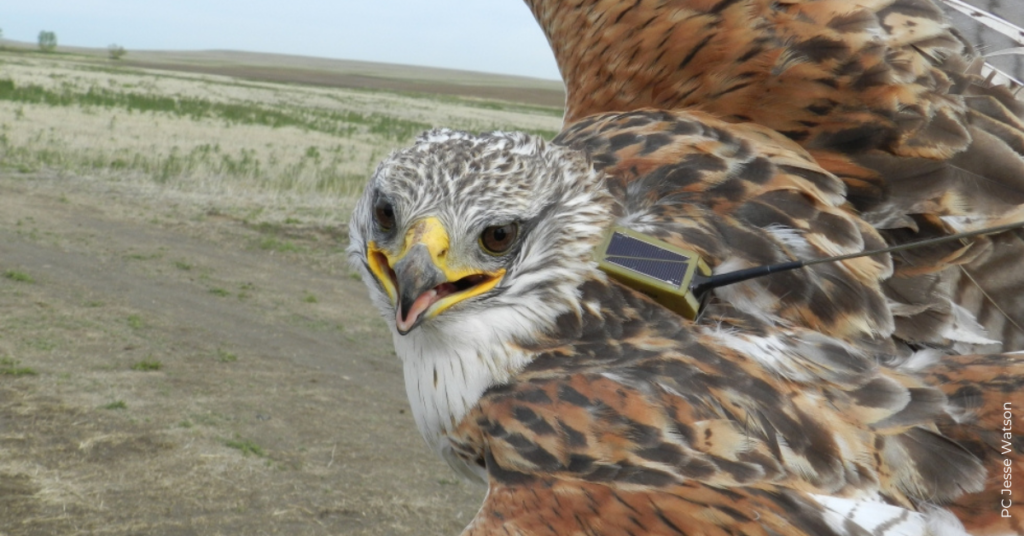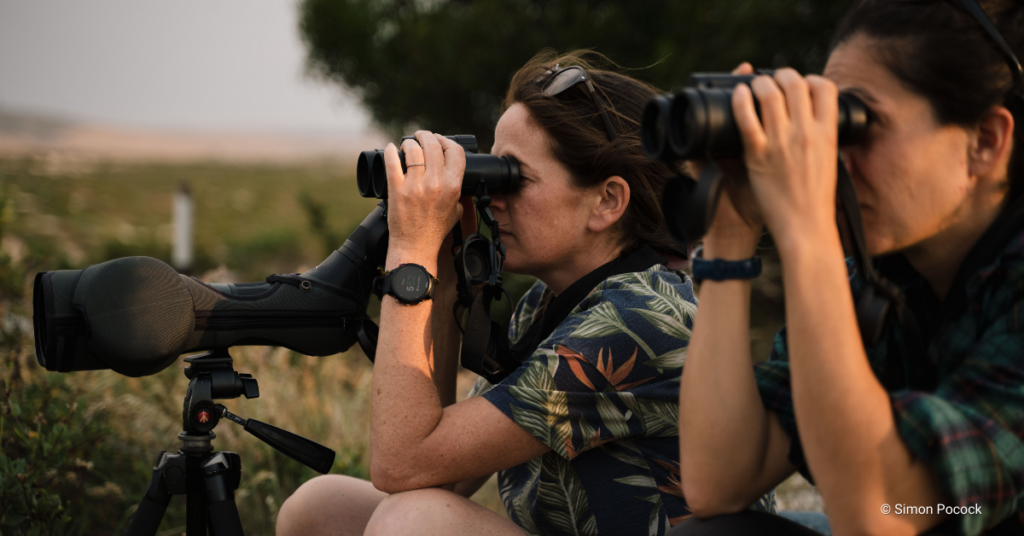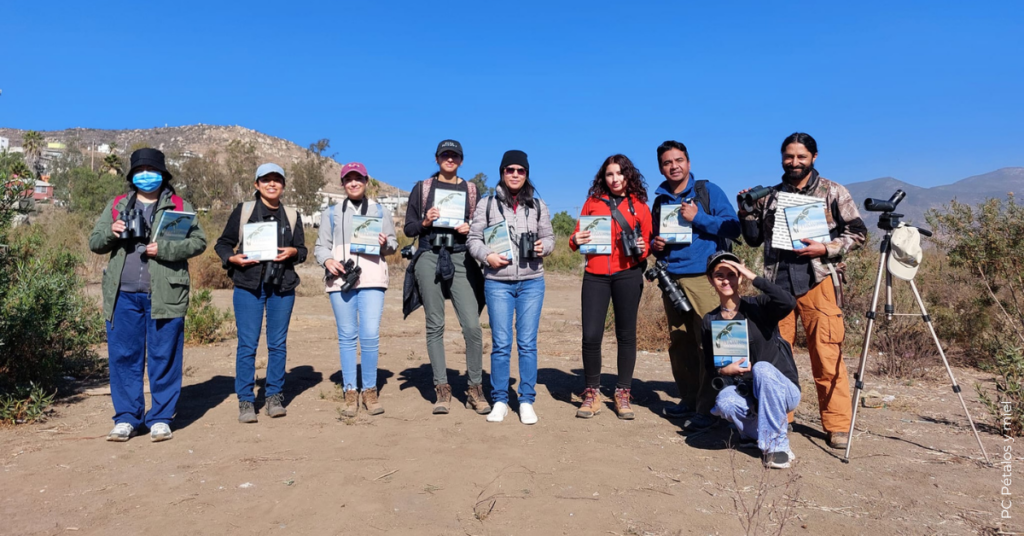
Raptor migration is in full swing, and nothing is more exciting than observing thousands of hawks headed toward their wintering grounds (or breeding grounds in the spring). One North American raptor species we don’t often hear about during migration is the Ferruginous Hawk. Although a few are observed each season among several of our sites, they are counted in nowhere near the same numbers as other Buteos. This is because these hawks migrate along a broad front (wide open areas) rather than along the tight corridors (mountain ridges and coastlines) with which we typically associate migrating hawks and hawkwatch sites.
Raptor migration is in full swing, and nothing is more exciting than observing thousands of hawks headed toward their wintering grounds (or breeding grounds in the spring). One North American raptor species we don’t often hear about during migration is the Ferruginous Hawk. Although a few are observed each season among several of our sites, they are counted in nowhere near the same numbers as other Buteos. This is because these hawks migrate along a broad front (wide open areas) rather than along the tight corridors (mountain ridges and coastlines) with which we typically associate migrating hawks and hawkwatch sites.
Since 2010, the University of Alberta has been studying the Ferruginous Hawk, listed as Endangered in Alberta and Threatened throughout Canada. Research has focused on a range of questions with the intent of gaining a better understanding of the species current status, as well as determining if and how Ferruginous Hawks are affected by continued development in the Canadian prairies, a breeding stronghold.
Now you’re probably wondering how this all ties in with migration. Part of the research effort at the University of Alberta has focused on the movement behavior of breeding adult male hawks and if those behaviors are affected by development. To answer these questions, we are using satellite telemetry to track when, where, how, and under what environmental conditions these hawks are moving throughout their breeding ranges, and we continue tracking these hawks after they leave their breeding grounds in August-October. These migration data open the door for answering numerous questions about migration patterns, fall/winter ranges, potential hazards away from the breeding grounds…and they are just plain cool!
Currently, we are tracking 18 hawks including five from 2016 as they fly south for the winter. Check out the U of Alberta’s Wild49 Lab Blog here for other posts about Ferruginous Hawks, Broad-winged Hawks, and owl species being studied within Canada, and be sure to check back here over the next few months to see where these hawks end up for the winter. Lastly, if you are lucky enough to spot a migrating Ferruginous Hawk this season, make sure to keep an eye out for a transmitter antenna on the birds back in addition to leg bands!
This blog was written by Jesse Watson, HWI’s Research Biologist and current University of Alberta student. In June 2016, he led a team of researchers in capturing and attaching satellite transmitters on five breeding adult male Ferruginous Hawks in western Canada as part of an ongoing research effort. You can learn more about Jesse here.
Photos by Jesse Watson



